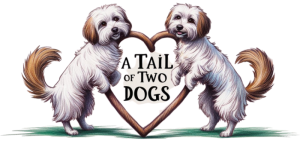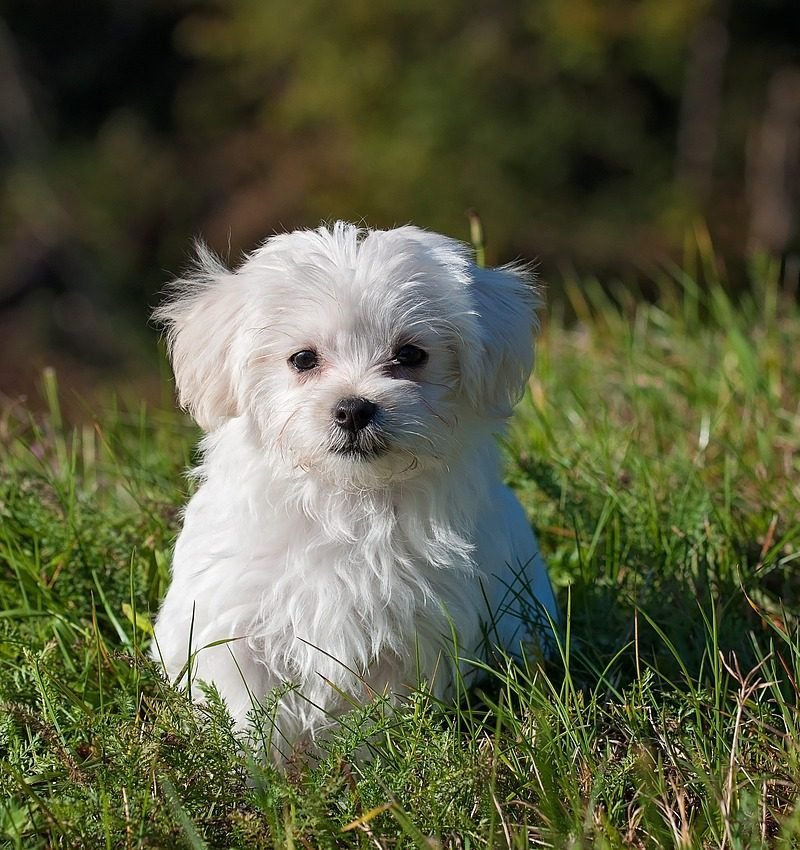Dogs are loving and loyal companions, but sometimes they develop behavioral issues that need addressing. One such issue is possessiveness. A possessive dog may guard resources, display aggressive behaviors, or show discomfort when someone approaches their favorite items. Understanding possessive dog signs, triggers, and training methods is crucial for fostering a well-balanced pet. This guide explores how to recognize possessive behaviour, what causes it, and the best techniques to manage and train it out of your dog.
Signs of a Possessive Dog
Possessiveness in dogs manifests in various ways, and recognizing the signs is the first step toward addressing the issue. Some key indicators include:
- Resource Guarding: Growling, snapping, or lunging when someone approaches their food, toys, bed, or even a favorite person.
- Aggression: Sudden displays of aggression when another pet or person gets close to an item they value.
- Body Language Changes: Stiff posture, raised hackles, staring, or a low growl when near a guarded resource.
- Snatching Items Away: Quickly grabbing an object and running away to prevent others from taking it.
- Blocking Access: Standing in front of a resource, preventing people or other pets from getting near.
- Over-Attachment to a Person: Becoming overly protective of one family member, leading to aggression toward others.
- Increased Anxiety: Stress and nervousness when their prized possessions are at risk.
If your dog displays one or more of these signs, they may be showing possessive behavior that requires intervention.
Common Triggers for Possessiveness
Understanding what triggers possessiveness in dogs can help prevent problematic behaviors before they escalate. Common causes include:
- Lack of Early Socialization: Puppies that were not exposed to various people, pets, and environments early on may develop possessiveness as they grow.
- Past Trauma or Neglect: Rescue dogs or those from shelters may have a history of resource scarcity, leading them to guard items fiercely.
- Competition with Other Pets: Multi-pet households often see possessiveness arise when dogs feel the need to assert dominance over shared resources.
- Reinforcement of the Behavior: If a dog has successfully defended an item before, they learn that aggression helps them keep what they want.
- Fear of Losing a Resource: Some dogs feel insecure and worry that food, toys, or attention may be taken away.
- Owner Reactions: If an owner backs away when a dog growls, the dog learns that possessive behavior works in their favor.
Identifying these triggers can help tailor a training approach that effectively reduces possessiveness.
Can You Train Possessiveness Out of a Dog?
Yes, possessive behaviors can be managed and, in many cases, completely eliminated through consistent training and behavioral adjustments. The key is patience and the right techniques tailored to your dog’s specific needs. Ignoring the issue or punishing the dog can make things worse, so positive reinforcement and structured training are the best approaches.
Long-Term Solutions for a Possessive Dog
If you have a possessive dog, managing their behavior involves consistent training and creating an environment that fosters positive interactions. Here are some strategies for long-term success:
- Establish Leadership: Dogs need to see their owners as calm, confident leaders. Set boundaries and rules so your dog understands what is acceptable behavior.
- Teach the “Leave It” and “Drop It” Commands: Training these commands helps dogs learn to release items willingly, reducing the instinct to guard.
- Practice Trade-Up Techniques: Offer a high-value treat or toy in exchange for the guarded item to show your dog that releasing things leads to positive outcomes.
- Desensitize Your Dog to Triggers: Gradually expose them to situations that trigger possessiveness while rewarding calm behavior.
- Avoid Encouraging the Behavior: Never reinforce possessiveness by giving in when your dog guards something.
- Introduce Structured Play and Feeding Routines: Scheduled mealtimes and controlled playtimes teach dogs that resources are always available, reducing anxiety.
Food and Stimulants to Use
Using the right food and mental stimulants can help reduce possessiveness by keeping your dog engaged and less focused on guarding. Consider:
- High-Quality Dog Food: A nutritious diet ensures your dog feels satisfied and less inclined to guard food.
- Puzzle Feeders: Interactive food dispensers keep dogs mentally stimulated and make meals a positive experience.
- Chew Toys and Treats: Providing safe chew toys or long-lasting treats, like bully sticks, keeps dogs occupied and less focused on resource guarding.
- Regular Exercise and Mental Stimulation: A well-exercised dog is less likely to develop possessive behaviors due to pent-up energy or stress.
Medication for Severe Cases
In extreme cases where training alone is not enough, consulting a veterinarian or a professional dog behaviorist may be necessary. Some medications can help reduce anxiety and aggression, including:
- Fluoxetine (Prozac for Dogs): Used for managing anxiety-related behaviors.
- Clomipramine: Helps reduce compulsive and possessive behaviors.
- Trazodone: A temporary aid for stressful situations, such as behavior modification training sessions.
Medication should always be a last resort and used in combination with training.
Training Techniques to Reduce Possessiveness
Several training techniques can help curb possessive behaviors effectively. The following are some of the most successful methods:
- Positive Reinforcement Training: Rewarding good behavior rather than punishing bad behavior builds trust and encourages dogs to repeat positive actions.
- Counterconditioning: Gradually expose your dog to their triggers while rewarding calm reactions to create a positive association.
- Hand-Feeding: Feeding your dog by hand fosters trust and reduces food aggression.
- Behavioral Adjustment Training (BAT): A technique that slowly changes a dog’s reaction to triggers by reinforcing desired behavior.
- Supervised Socialization: Exposing your dog to different people and pets in controlled settings helps prevent possessiveness from developing.
Different Types of Possessiveness
Not all possessive behaviors are the same. Understanding the different types can help tailor a training approach.
- Food Possessiveness: Guarding meals, treats, or food bowls aggressively.
- Toy Possessiveness: Refusing to share toys or snapping when someone attempts to take them.
- Owner Possessiveness: Becoming aggressive or anxious when others approach their favorite person.
- Space Possessiveness: Guarding specific areas like a bed, couch, or crate.
- Multi-Pet Possessiveness: Displaying dominant behaviors toward other animals in the home.
Each type of possessiveness may require slightly different techniques to resolve, but the core principles of training remain the same.
Dealing with a possessive dog requires patience, consistency, and the right approach. By recognizing possessive dog signs, understanding triggers, and applying effective training methods, you can help your dog feel more secure and relaxed. Whether it’s food, toys, or their favorite human, possessive behaviors can be managed with structured training, positive reinforcement, and, in some cases, professional guidance. A well-trained and socialized dog leads to a happier and safer home for everyone.
Featured Image by Anja from Pixabay
Discover more from A Tail of Two Dogs
Subscribe to get the latest posts sent to your email.



Leave a Reply